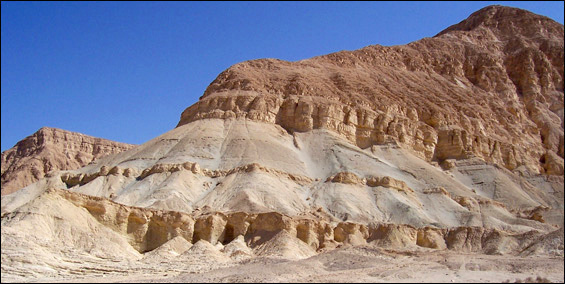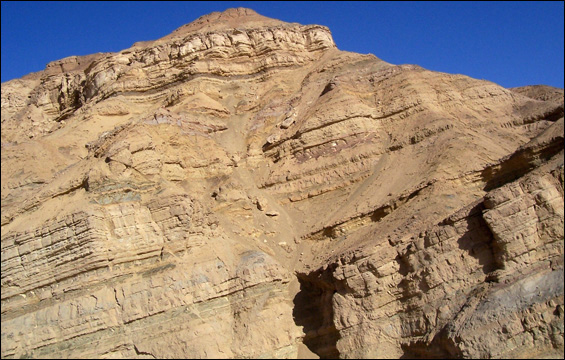The Early Cenozoic is marked by two important episodes of environmental change: the Cretaceous-Tertiary (KT) mass extinction event and the Paleocene-Eocene Thermal Maximum (PETM). The principal aim of this project is to obtain a better idea of the climatic conditions, which prevailed before, during and after these dramatic events at the southern Tethyan margin and more particularly in Egypt. Outcrops will be studied in the western and eastern Deserts, and in Sinai (Figures 1 and 2). They include highly expanded sedimentary records from different depositional environments (bathyal to shallow), which will be studied for their mineral contents, biostratigraphy, phosphorus, organic-carbon and stable-isotope contents. The thus obtained date will allow the testing of current scenarios of climate change.

Figure 1. Upper Cretaceous to Lower Eocene succession of the Wadi Nukhul section (Centeral Western Sinai, Egypt), including K/T, D/S and P/E boundaries.

Figure 2. Cenomanian/Turonian boundary of the Gebel Ekma section (Southwestern Sinai, Egypt).
